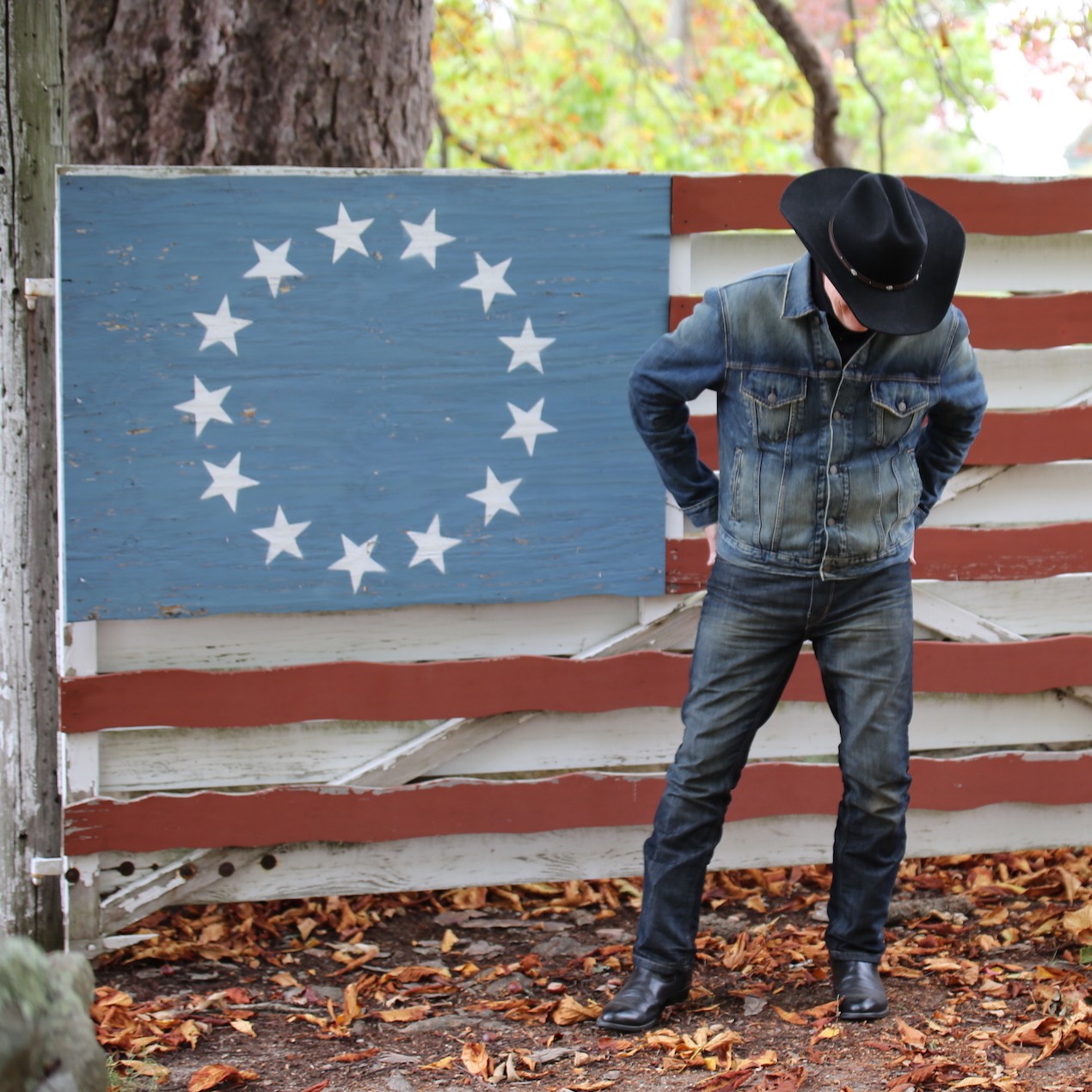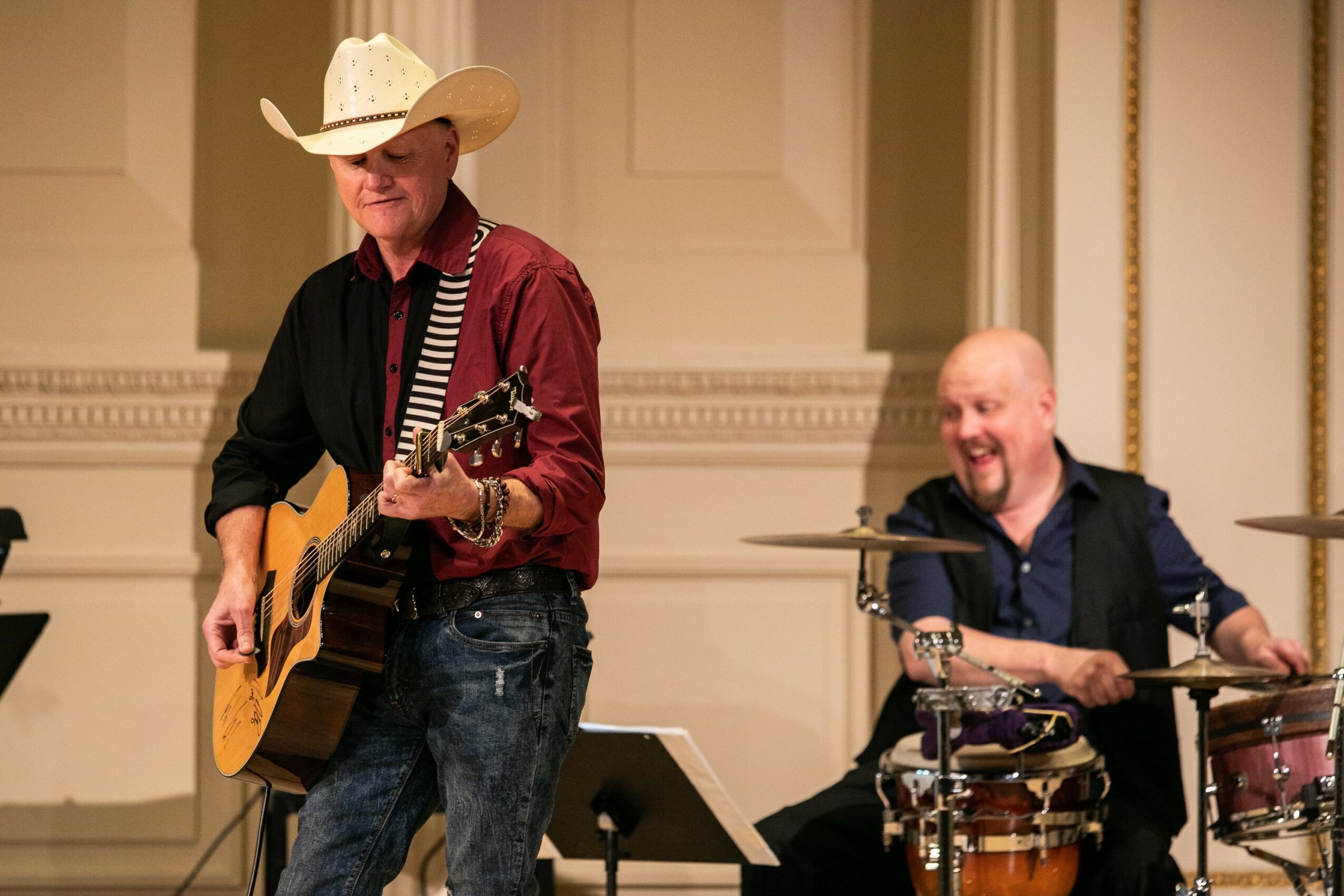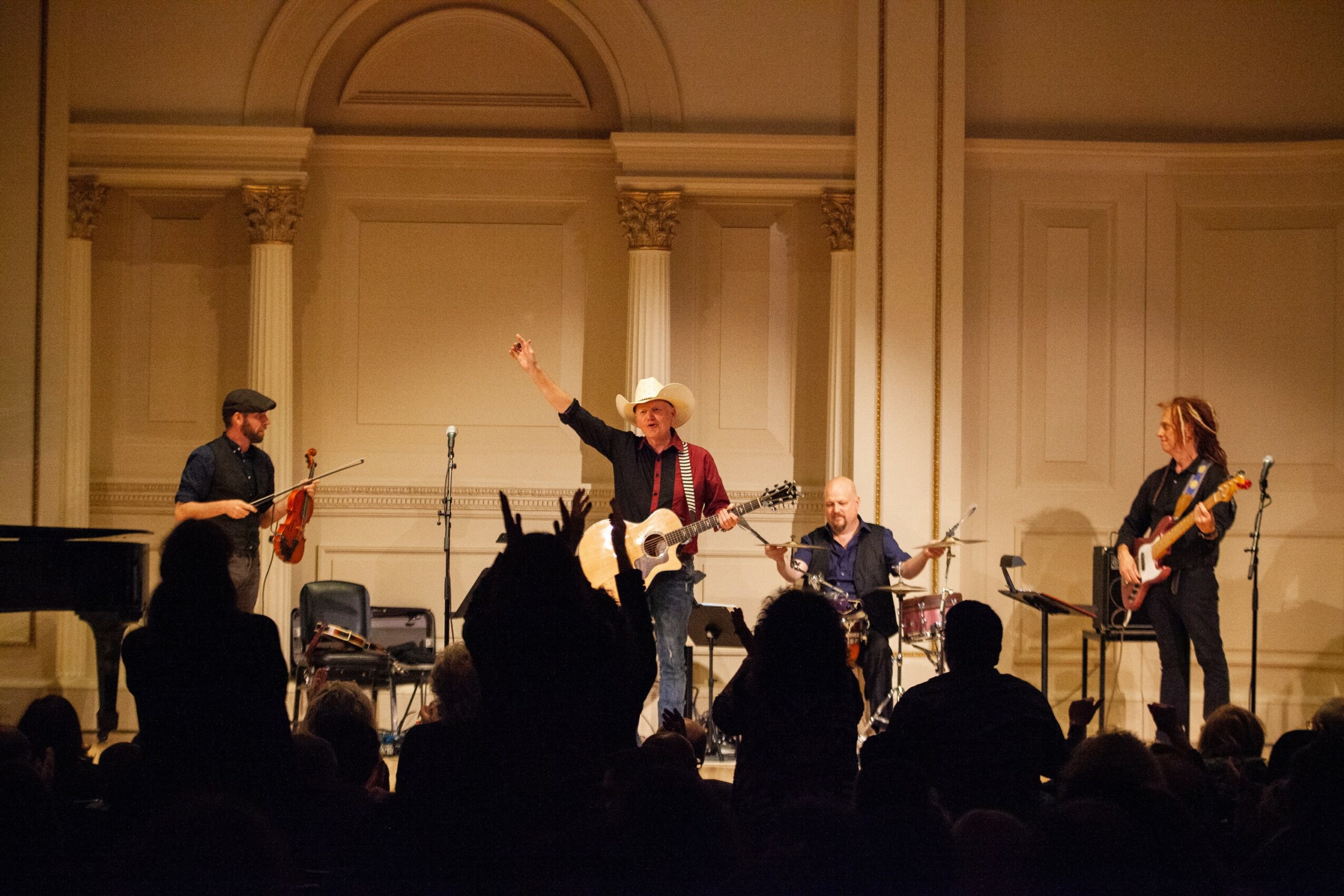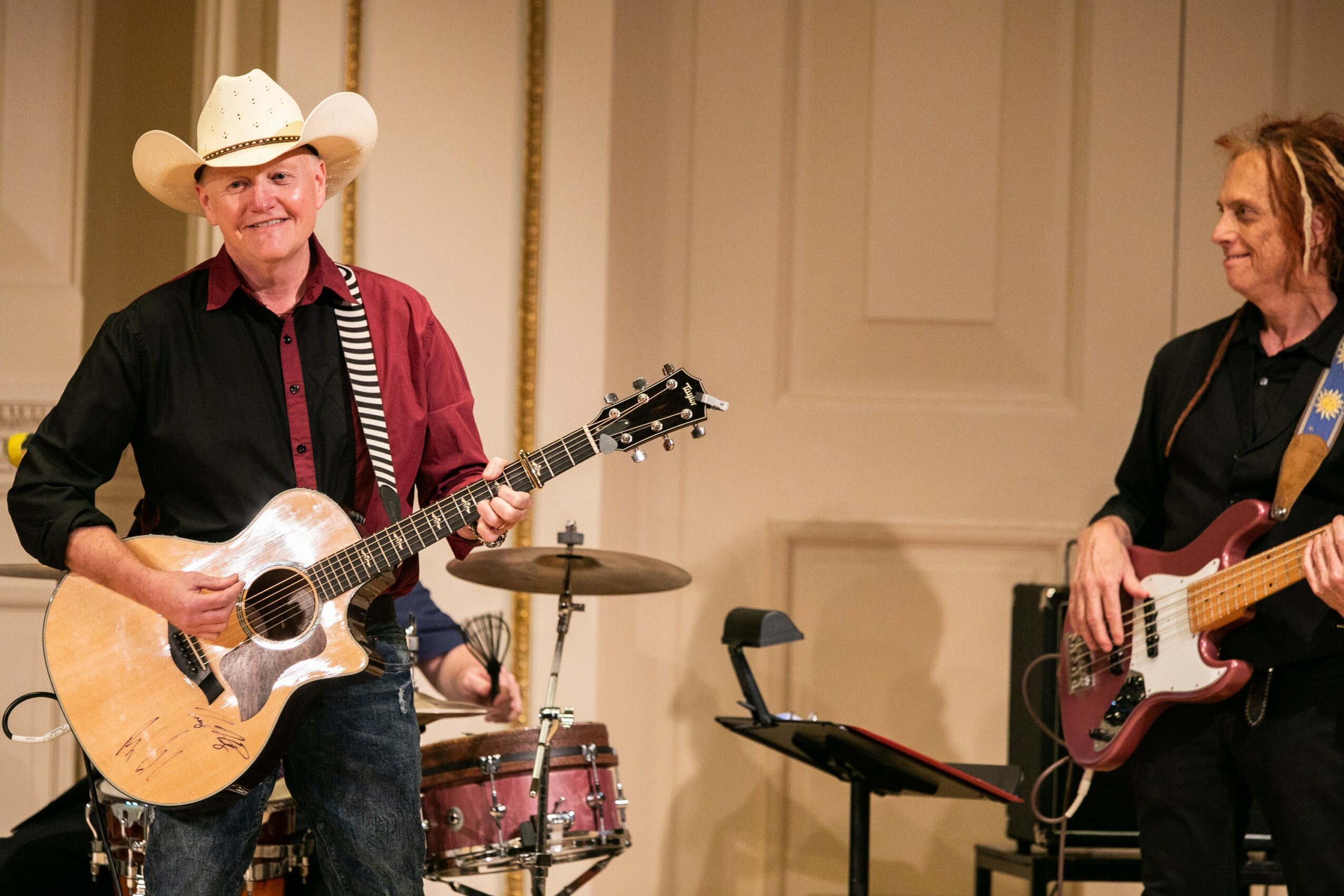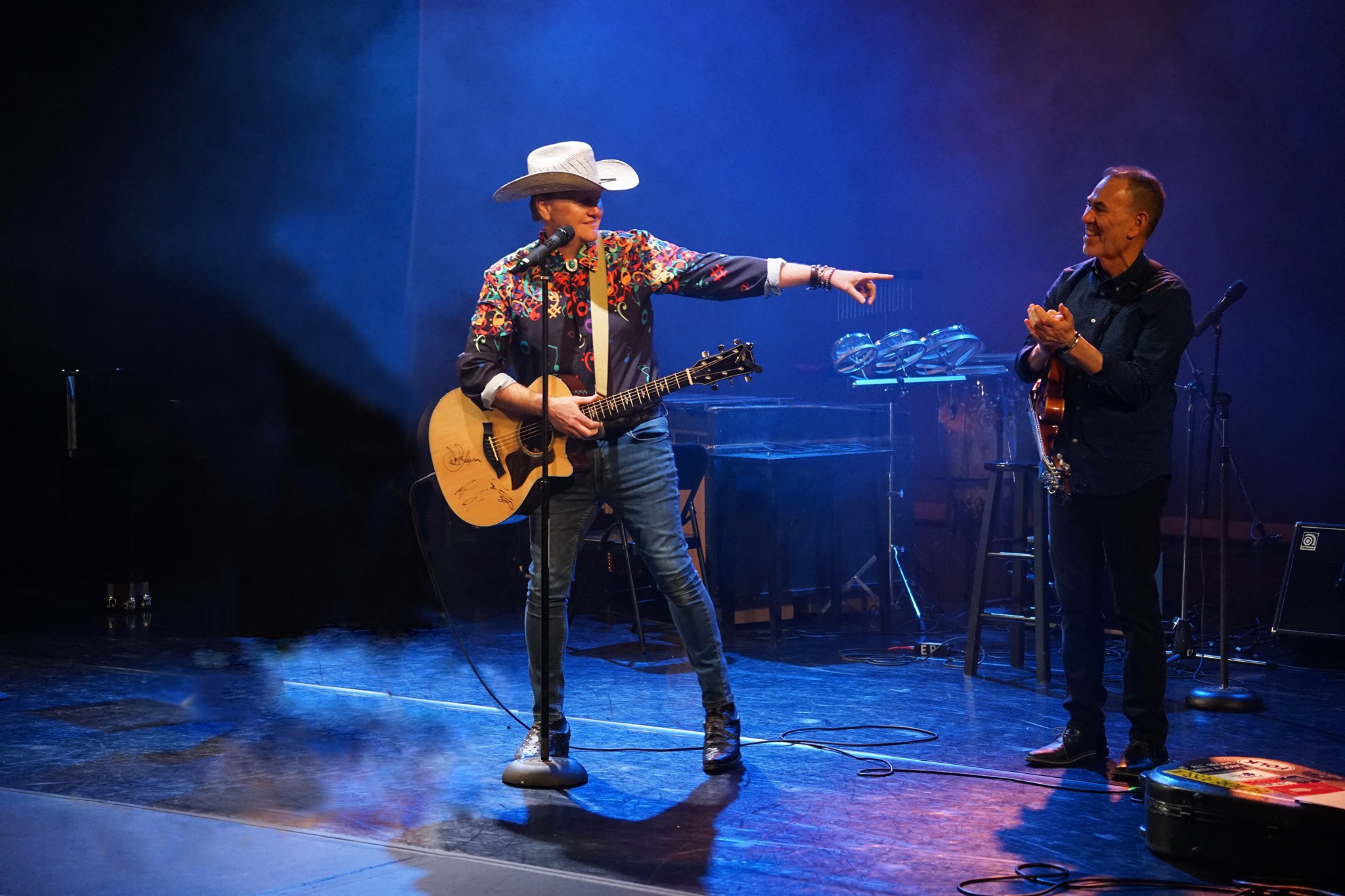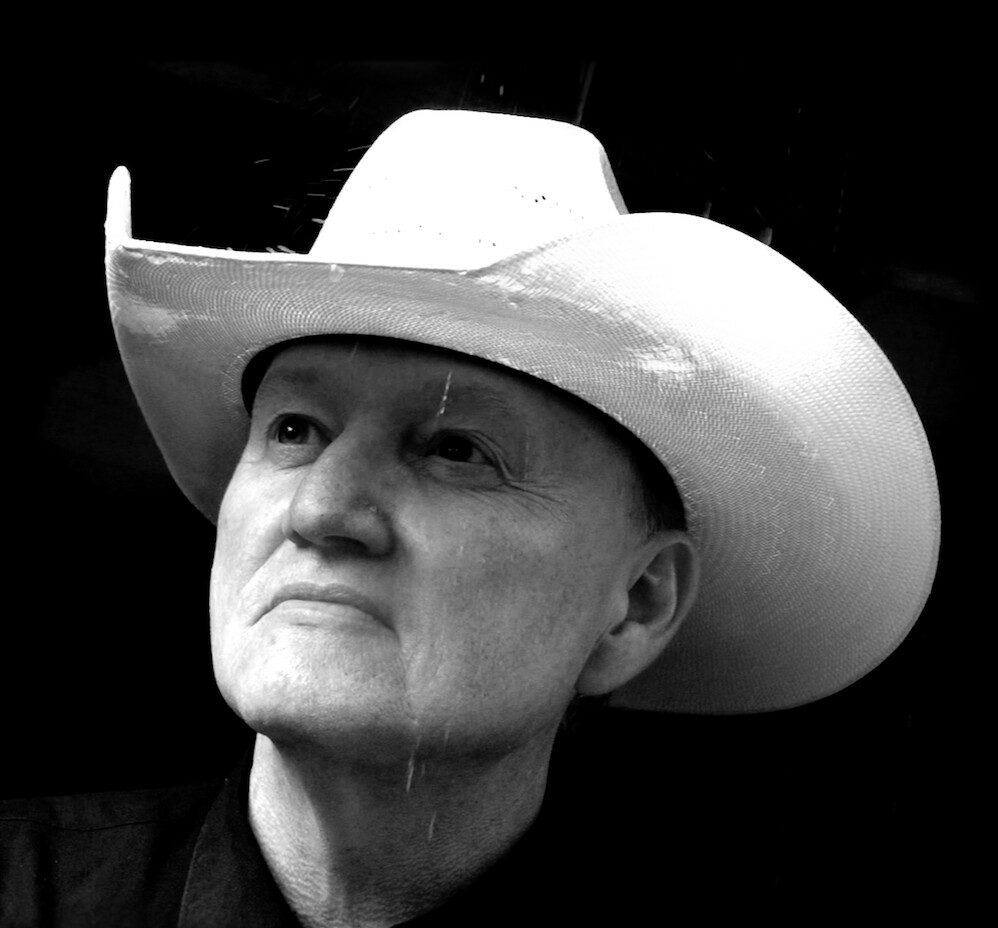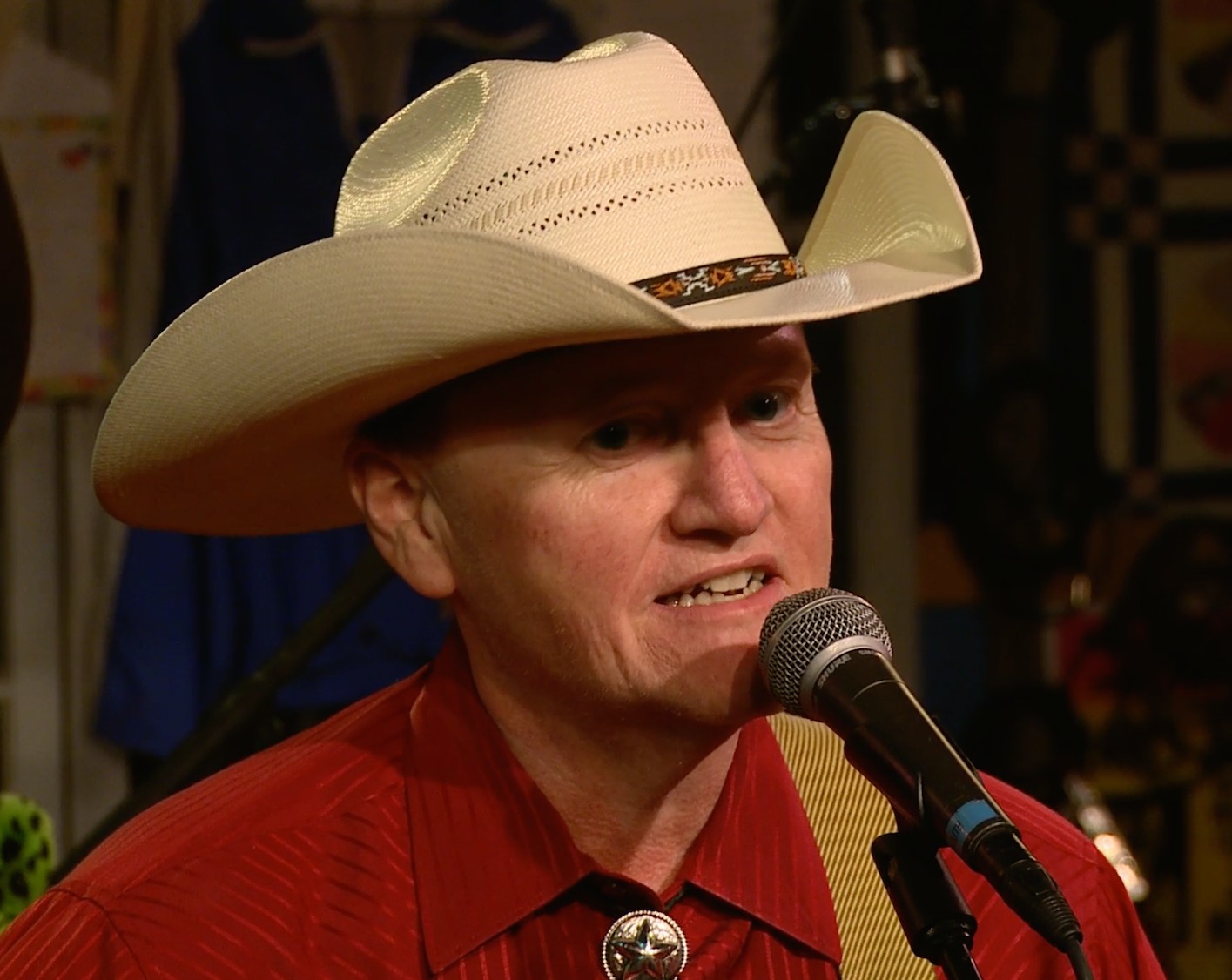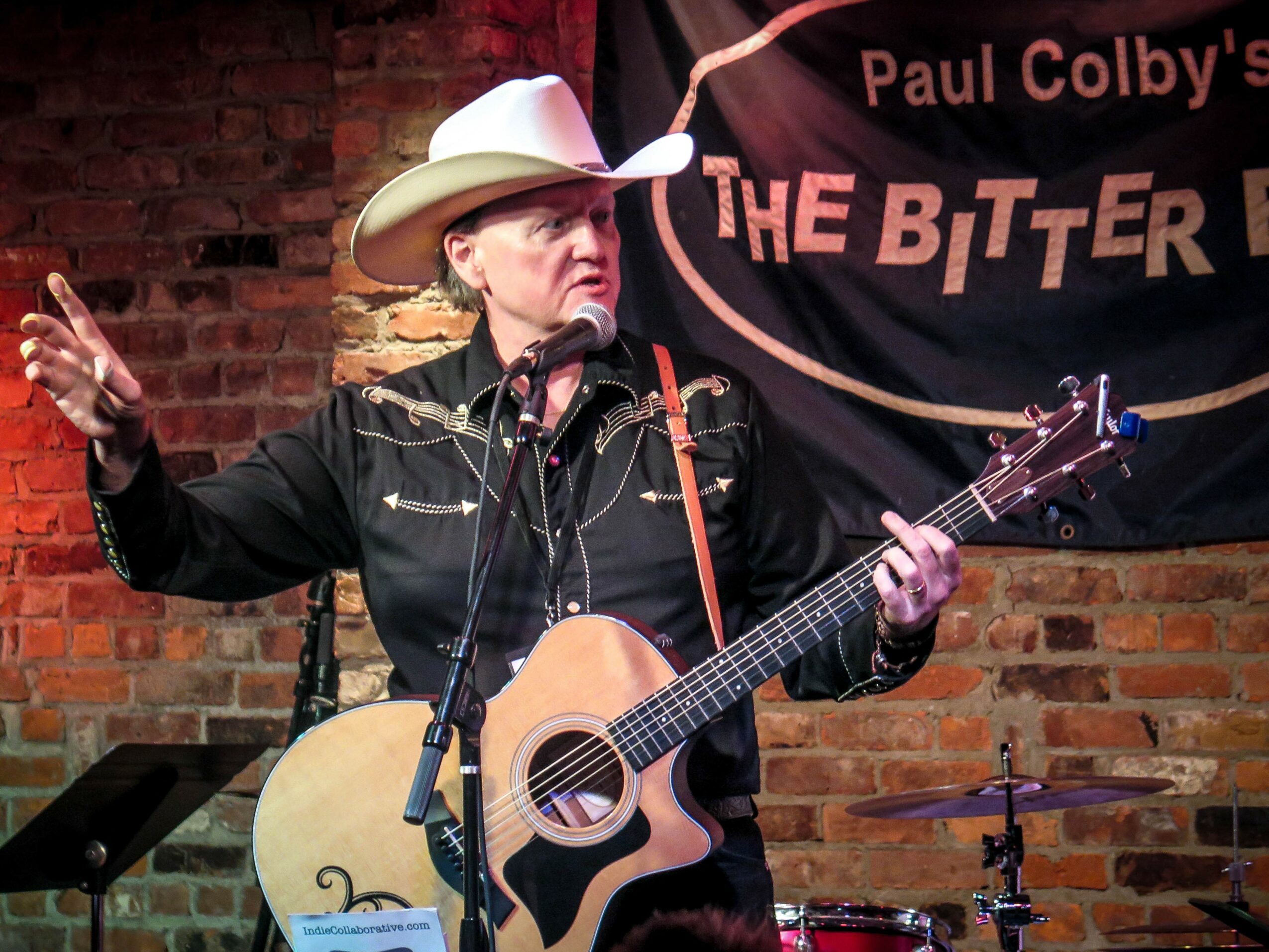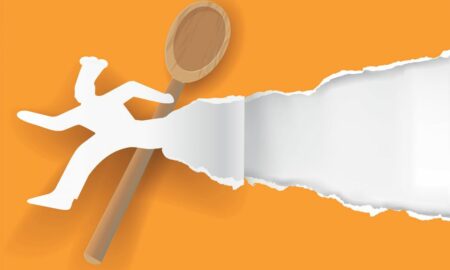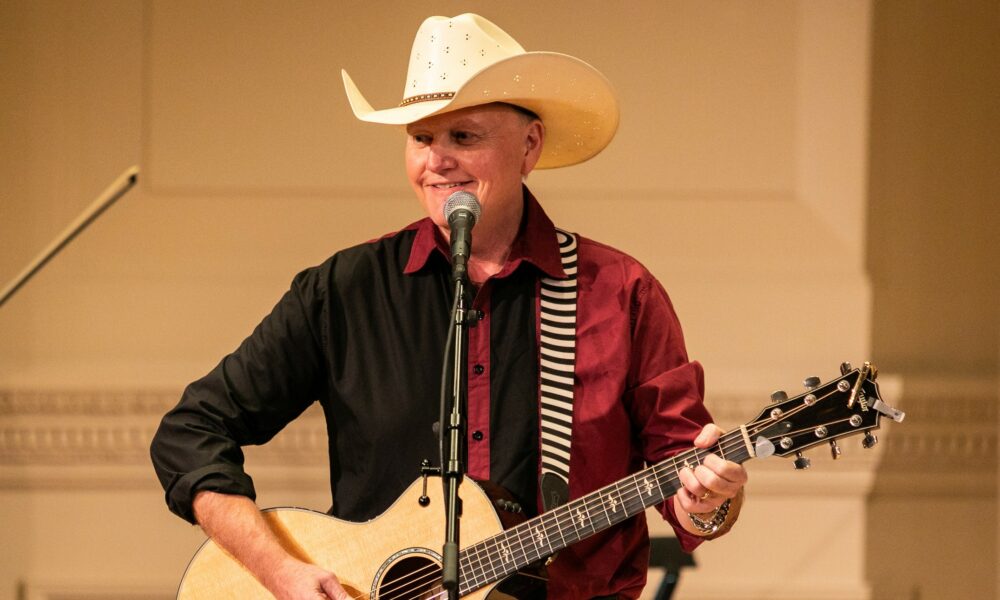

Today we’d like to introduce you to Grant Maloy Smith.
Hi Grant, so excited to have you with us today. What can you tell us about your story?
I grew up on the Florida panhandle. My mother and her mother, “Grammy,” were from Kentucky. Grammy loved what she called “her old-time mountain music,” which is similar to what we call Bluegrass today. She played this music for me all the time, and it was part of my musical upbringing from a very early age. I started playing the guitar at about 5 years old, but I was also an artist. It seemed clear to me and everyone around me that I was going to be an artist, and indeed, I went down that road all the way through high school, after which I attended art school, first at MICA (Maryland Institute, College of Art) in Baltimore, and then at RISD (The Rhode Island School of Design) in Providence, Rhode Island.
But this train was taken off the tracks before it could reach the station. As far back as I can remember, I could pick up a guitar or sit down at a piano and play a song that I had heard. This was before I knew anything about music. As a child, I didn’t know the difference between a C and a G and did not know any music theory at all. I could play music “by ear,” but I didn’t know how. More important, I didn’t realize that everyone couldn’t do this – in fact, I assumed that everyone could. I learned the truth in junior high school when I arrived first at my music class and started playing the piano, just inventing something as I was playing it. I didn’t realize that the other students and teacher were coming into the class and listening to me. I was lost in my own world. When I stopped, I almost fell off the piano bench when everyone started clapping. My music teacher, Mrs. Carpenter, talked to me after school that day and encouraged me to take music lessons. I did have a cheap guitar, and I took one class to learn, but I hated it. The teacher just made me play a single scale for an hour, and I never went back. I wanted to go outside and play soccer. I continued to dabble with music, but I was on a clear path toward being an artist, and that’s what I focused on despite my interest in music.
But then, in the last month of high school, I had an experienced that changed everything for me and altered the direction of my whole life. I was walking across the school’s courtyard one afternoon, and I saw one of my friends sitting on the grass, playing a guitar and singing songs. His back was to me, however, so I couldn’t see who it was yet. As I got closer, I could hear his voice and his nice strumming technique. Finally, I reached the point where I could see his profile, and I stopped dead in my tracks: it was my friend Scott, who was probably the shyest boy in high school. I couldn’t believe that he was too shy to ask a girl to dance, and yet he could sing and play publicly. I stood there for a long minute taking this all in. I watched him play and sing and looked at the 15 or 20 boys and girls watching him. The girls were smiling at him. The same girls he was too shy to speak to, ironically. I could almost hear a switch being thrown in my brain. I remember thinking that I needed to find a guitar and fast.
In fact, a week later, I was riding my bike to a friend’s house, and I passed by a yard sale about a mile from my house. There was an acoustic guitar there with a black cardboard case. It was marked $15. I had no money with me but I begged them to put the guitar aside for me so I could ride home and get some money. They said they would, and I raced like the wind to get home. I burst into my room opened my piggy bank took a ten-dollar bill and then the rest in quarters and dimes, and then peddled back as fast as I could go. Thankfully it was still there, and I proudly walked home, pushing my bike with one hand and toting the guitar with the other.
I spent the Summer with books of songs, mostly Elton John and Beatles songs that I knew by heart. I couldn’t read the music, but the staves also had tablature above it, little diagrams that show where to put your fingers on a guitar fretboard to make that chord. This continued even when I went to Baltimore to attend MICA. There was a lecture hall that had a piano that I was allowed to play when classes were over for the day. So, I would walk to my apartment across town, do my homework get something to eat, and then walked back to MICA with my $15 guitar and a songbook. I would sit at the piano with my guitar on my lap. I used this method to transfer what I learned on the guitar over to the piano. I could make a G chord, for example, and then find those same three notes on the piano. In this way, I was teaching myself music theory, as I learned the relationships between the chords, for example. I was also learning how different chord voicings, such as minor, major 7th, sus4, etc., sounded and felt like.
I did well that first year, getting all as in the first semester and nearly the same in the second half of the year, but my focus had completely changed. I didn’t really care about art anymore – I was totally consumed with learning to play music. By my second semester, I was starting to write songs. They weren’t very good at first, but it was exciting to create something in music as I could do with drawing and painting.
This period of time was my transition to a lifetime of writing and playing music. It’s just the beginning of my musical story, but it’s the most critical part.
Many years have gone by since those early days, and today I am lucky enough that I have played my music all around the world, at hundreds of venues, large and small. I have performed my songs at Carnegie Hall (twice), Lincoln Center, The Bitter End, The Troubadour, and more. My albums have reached the Billboard charts, and in fact, they have spent more than four months on the charts, including 11 weeks in the top 10, and sold almost 30,000 albums. I continue to make records and music videos and release them regularly. I am a member of NARAS, the organization that does the GRAMMY awards every year. I have gone to the Grammys many times and made many great friends in the music world. I co-founded an organization called The Indie Collaborative specifically to foster collaborations among indie (independent) musicians. The IC now has more than 2000 members, musicians who play every genre of music and who are located worldwide. It is truly a blessing to be part of the world of music.
I’m sure it wasn’t obstacle-free, but would you say the journey has been fairly smooth so far?
The creative arts are very difficult fields to make a living in. For most of my career, I have had to have a “day job” so that I could responsibly have a family and a home. It has always been difficult to balance the requirements of work and bring for my family and still having time to focus on music. It requires a constant series of sacrifices to keep everything in balance. And, of course, the industry itself is extremely competitive. Being an artist who plays original music only is the most difficult road of them all. It is much easier to be a working music who plays for another artist or who plays in a cover or tribute band. But I never wanted to do that – I only wanted to play my own songs. Only a tiny fraction of original music artists like me become famous and rich. For the rest of us, it’s a constant struggle. Across the last 10 or so years, this has only gotten worse because of streaming. Why? Because it pays virtually nothing unless you have millions and millions of streams, and it has almost completely killed the sale of music CDs, which used to be a good source of income for artists like me. At the same time, the advent of affordable recording equipment combined with streaming has been a double-edged sword. The good news is that almost anyone can make a decent recording and then release it to the world. The bad news is that almost anyone can make a decent recording and release it to the world. The result that there are thousands of songs released every day. It’s hard for an indie artist to break through that deluge unless they have some amazing luck combined with their talent.
Alright, so let’s switch gears a bit and talk business. What should we know about your work?
My specialty is creating music albums that have themes to them. The first one I did (2017) was called DUST BOWL: AMERICAN STORIES. I studied the history of the Dust Bowl for three years as I wrote the songs to this album. I read everything I could find about it, both in books and on the internet. I was really intrigued by that unique time in American history and how it still has repercussions in our country today. I recorded the basic tracks to many songs on the album at a friend’s amazing studio on Long Island. I hired Cyndi Lauper’s rhythm section plus several other great players. Then I moved production to Nashville and hired some of the best players in that town to add dobro, fiddle, pedal steel guitar, etc. I am very proud of the result. This album was the first huge critical success that I ever had. I think it was because of the combination of the historical context that the songs connected with and the amazing players that I hired. It went onto the Billboard charts and was in the top 10 for 11 weeks, spending half of that time at #5.
I followed that up with APPALACHIA: AMERICAN STORIES, a second theme album, this time centered in that region of America where my family came from, mostly eastern Kentucky. It was recorded largely during the COVID lockdowns, so it was much more challenging to do. Nearly all of the recording sessions were conducted over the internet. My co-producer and I used ZOOM to see and hear each other and to hear and see the player who was recording their part in their own homes using their own recording equipment. It was very difficult compared to the normal way, but the result was perhaps even better than the previous album because I had learned so much from the DUST BOWL album. Once again, this album received widespread critical acclaim from major magazines, blogs, and websites that are focused on the American Roots genre.
Right now, I am halfway through writing a third and possibly final theme album. This one will be called MISSISSIPPI: AMERICAN STORIES. The songs will capture aspects of the river and what it has meant to the original people of North America for thousands of years, as well as its major influence on the USA throughout our entire history.
Who else deserves credit in your story?
I have to make special mention of my co-producer, Jeff Silverman. Without his guidance and decades of experience producing major label albums for Rick Springfield and others, I could not have created DUST BOWL or the albums we have produced since. After that, I have to pay homage to the amazing musicians that have played on my albums, as well as the ones who have performed in my various bands over the years. A partial list of these talented people includes Rob Ickes (dobro), Trey Hensley (guitar), Mike Johnson (pedal steel), Matthew Burgess (percussion), the late Brian Hinchliffe (bass), Steve Stokes and Sam Damewood (fiddle, mandolin), Tim Lorsch (cello, viola, violin), and more. And no musician can forget to thank their family for supporting what they do. They make sacrifices, too. And, of course, the fans who appreciate the music, who purchase it or stream it, they come to the shows. Without my fans, I would have no career at all.
Contact Info:
- Website: https://www.grant-maloy-smith.com
- Instagram: https://instagram.com/grantmaloysmith
- Facebook: https://facebook.com/thegrantmaloysmith
- Twitter: https://twitter.com/grantmaloysmith
- Youtube: https://www.youtube.com/grantmaloysmith
